The Orkney Islands are home to some of the most wonderful ancient monuments in the world, from Skara Brae and the Ring of Brodgar to lesser-known wonders like the Broch of Gurness and Unstan Cairn. Orkney’s far more recent history isn’t shrouded in the same mystery, but it is amazing in its own right. The curious Italian Chapel exemplifies this like nowhere else in the archipelago.
An Orcadian-Italian connection might seem unusual on first blush, and to make sense of it we need to spin the tape back to 1939. World War II has only just begun. Scapa Flow, a natural harbor in the heart of the Orkney archipelago, was home to part of the British Fleet. One October night a German U-boat snuck through Kirk Sound and sank The Royal Oak, an anchored battleship, which resulted in 833 deaths. At this time, Orkney’s southern isles, South Ronaldsay, Burray, Lamb Holm, and Glims Holm, dangled disconnected from each other in the water south of Mainland. To prevent any similar future attacks, Winston Churchill ordered the creation of four barriers between these islands to block the eastern approach to Scapa Flow.
The war impacted the labor force on the Orkney Islands, so to construct these barriers 1,200 Italian POWs captured in North Africa were brought to Orkney in 1942 and housed in camps on tiny, uninhabited Lamb Holm and Burray. POWs couldn’t work on military projects by treaty, so the barriers became roads connecting these southern islands, which was a creative and useful loophole if there ever was one. Today, when you sail to St. Margaret’s Hope and drive up to Kirkwall, you can thank the hard work of these Italian POWs.
And the work was incredibly hard. The causeways required a quarter million tons of stone sunk into the seabed and then 66,000 5-10 ton blocks of stone! This brutal work in the tempestuous Orcadian weather, separated from homeland and loved ones, was an immense trial, and the devout Catholic Italians requested a place of worship.
In 1943, Lamb Holm’s Camp 60 commander, Major Thomas Pyres Buckland, and the camp’s priest, Father Gioacchino Giacobazzi, agreed to build a chapel. Two Nissen huts were provided and placed end-to-end. These were incredibly plain, functional structures with no attention paid to aesthetics, but the Italian POWs were resourceful and among them were many men with skills to turn these simple huts into something beautiful and hopeful. Prime among these men was Domenico Chiochetti, an artist from Moena in northern Italy. He had previously constructed the camp’s statue of St. George slaying a dragon from barbed wire and concrete, and now he turned his attention to designing the chapel.
Chiochetti and his Italian brethren had extremely limited resources in building the chapel. They covered the interior corrugation with plasterboard and built the tabernacle from a shipwreck’s wood. The altar was made of concrete and lightholder’s from corned beef tins. You’d never guess the font was made from a car’s exhaust covered in concrete. If you’ve ever doubted that necessity is the mother of invention, come to the Italian Chapel.
Chiochetti’s masterpiece appears above the altar. His incredible painting is based on Nicolo Barabino’s Madonna of the Olives, a small version of which he kept on himself throughout the war. It was a gift from his mother. Palumbi, a smith, spent four months crafting the wrought iron rood screen and gate. He left a tiny metal heart in the floor, a memento of the love he had for a local girl despite having a family back home. Another man, a gifted cement worker named Buttapasta, created the church-like facade replete with pillars to hide the Nissen hut’s ugly front. Another man, Pennisi, moulded a bust of Jesus out of red clay. Eventually the interior was painted to look like stonework. Such genuine artistry is astounding.
The Italian Chapel was only used for a short time before the Italian POWs began repatriation in May 1945. Domenico Chiochetti remained behind for an additional two weeks — at his prison — to complete the font. The mental anguish any POW suffers is difficult to imagine, but anyone can see what this chapel meant to the Italians. The building of it was a symbol of hope, a means to persevere through incredibly dark and lonely times.
In the late 1950s the Italian Chapel was beginning to show its age, and a committee was established to preserve it. Preservation continues to this day, ensuring this unusual marvel remains a part of recent Orcadian lore. In fact, today the Italian Chapel is one of Orkney’s most popular tourist sites and wedding locations. It receives over 100,000 visitors each year, and you should expect there to be a crowd any time outside of winter. Such was my experience visiting in late September.
A visit to the Italian Chapel needn’t take long, and it’s right on the path to Kirkwall if you’ve taken the ferry to St. Margaret’s Hope. I have to admit I was pleasantly surprised by the Italian Chapel. The personal stories of the POWs who created the chapel convey war-time horrors but also the hope that pulls men and women through such times.

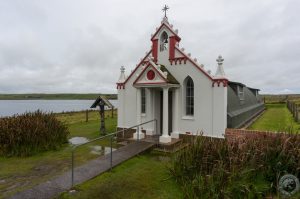
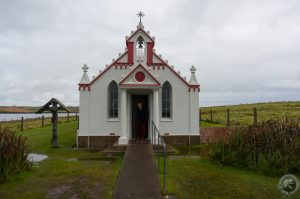
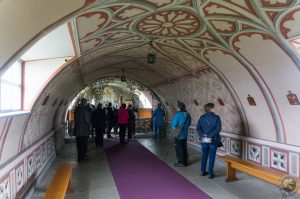
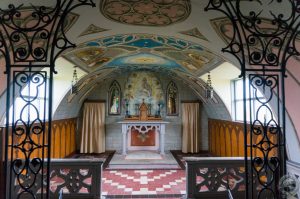
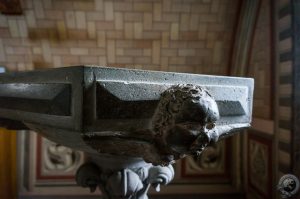
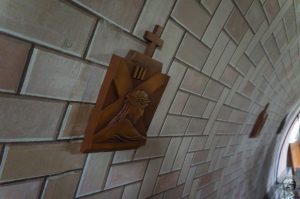
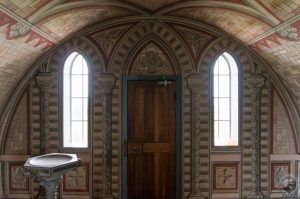
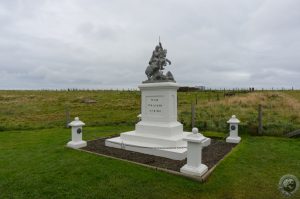
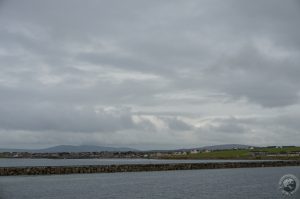
Wow Keith….how interesting! My full-blooded Italian husband is going to love this history. My guess is – if it isn’t on our itinerary now, it will be when we arrive in September. Thanks for sharing.
It’s a cute and quirky place with a great story.